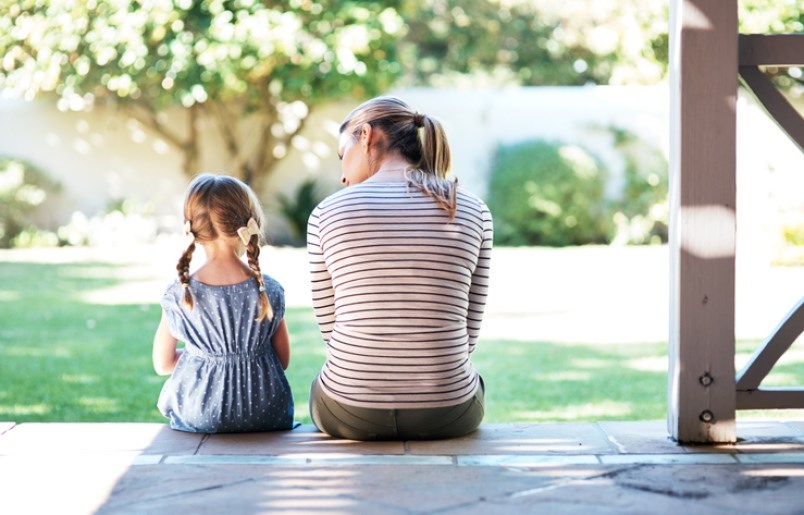While new COVID-19 cases are continuing to decline in York Region, parents need to be on alert for symptoms of the virus — and a related rare syndrome — in their children, the medical officer of health is advising.
Dry cough, fever, sore throat, shortness of breath and diarrhea are the most common symptoms, in that order, said Dr. Karim Kurji in a video update of York Region’s progress in battling COVID-19.
Currently, 71 individuals (3 per cent) in York Region, including five in Newmarket, aged five to 19 have confirmed positive for COVID-19.
Children have accounted for 5 per cent of COVID-19 cases in Canada, and one per cent of hospitalizations, Dr. Karim Kurji said.
However, between four and 16 per cent of children who have had COVID-19 have not had any symptoms, he said.
“Unfortunately, many parents may not even realize that their children had COVID-19 because they may have been asymptomatic at the time,” Kurji said.
Throughout the pandemic, it had appeared children without underlying conditions were relatively untouched by the novel coronavirus.
However, cases of children with multisystem inflammatory syndrome, MIS-C, sometimes referred to as Kawasaki disease, have been growing.
While York Region has not had any cases to date, children in Montreal and Calgary, and in 24 U.S. states, including in New York City, have developed the illness weeks after having COVID-19.
The province is now requiring hospitals to report the number of children with the rare inflammatory illness.
“While the link between this inflammatory illness and COVID-19 is not confirmed at this time, we are taking immediate action to better monitor this emerging issue so that we can effectively respond to the illness and protect Ontario's children,” Health Minister Christine Elliott said in a news release May 14.
“While we are being vigilant to monitor any situation that could be related to COVID-19, recent data in Canada indicates that the majority of COVID-19 infections in children are mild and do not require hospitalization. People under the age of 19 make up five per cent of COVID-19 cases and no Canadian children are known to have died," she added.
MIS-C symptoms include a persistent fever, severe gastrointestinal illness, nausea, diarrhea, vomiting and rash, Kurji said, urging parents to seek urgent medical attention should their children be ill with those symptoms.
Also, be aware of “COVID toes”, a skin condition that is common in 20 per cent of cases of children with COVID-19, he added. Parents should check for purplish-red papules or nodules on the toes, and take their children for testing if they’re present.
Dr. Kurji also reminded parents that children must physically distance from other children and adults from other households, and that they must wash their hands frequently with soap and water if possible.
In the U.S., studies indicate that nine out of 10 children have acquired the virus from household contact, he said.
“Studies in China have shown children are just as likely to acquire COVID-19 from household contacts as are adults,” Kurji added.
And while adults should wear two-layer non-medical face masks when unable to physically distance, the Public Health Agency of Canada and American Academy of Pediatrics both recommend that cloth face masks can also be used for children over the age of two for brief periods when they cannot maintain the two-metre distancing, Kurji said.
He also urged parents and children with symptoms to go for testing at one of the assessments centres at the region’s three hospitals, which are open seven days a week.



